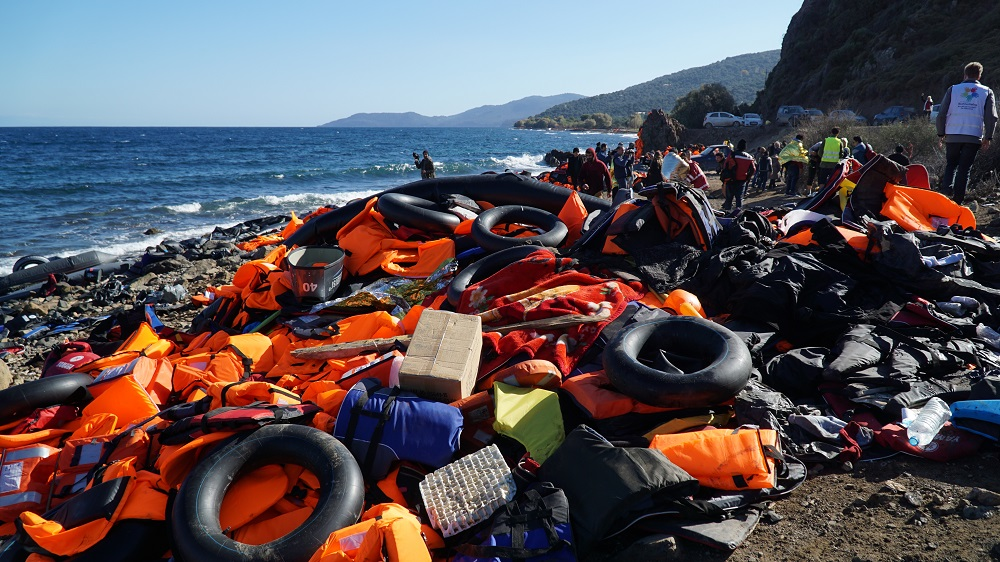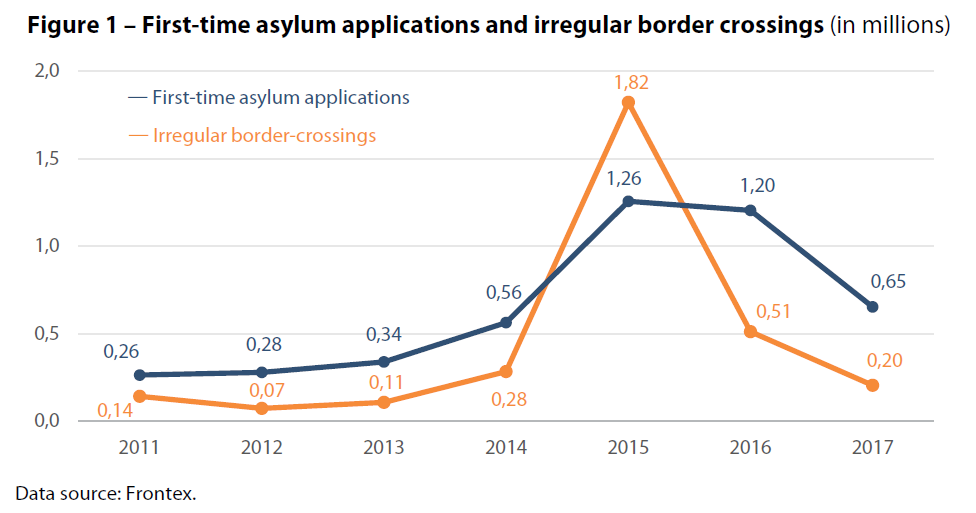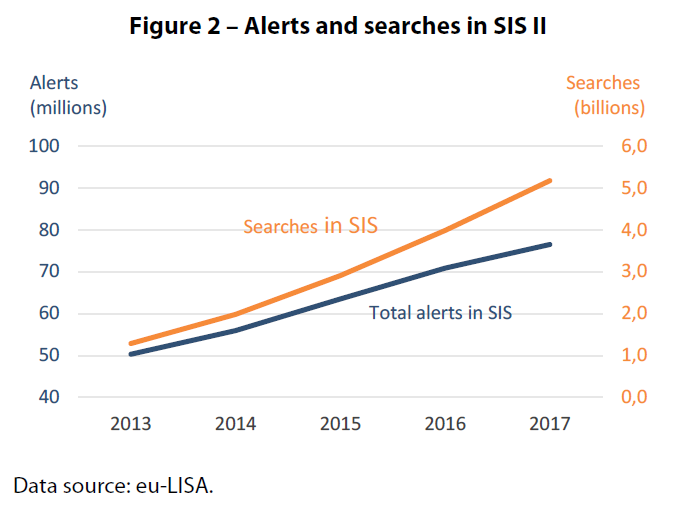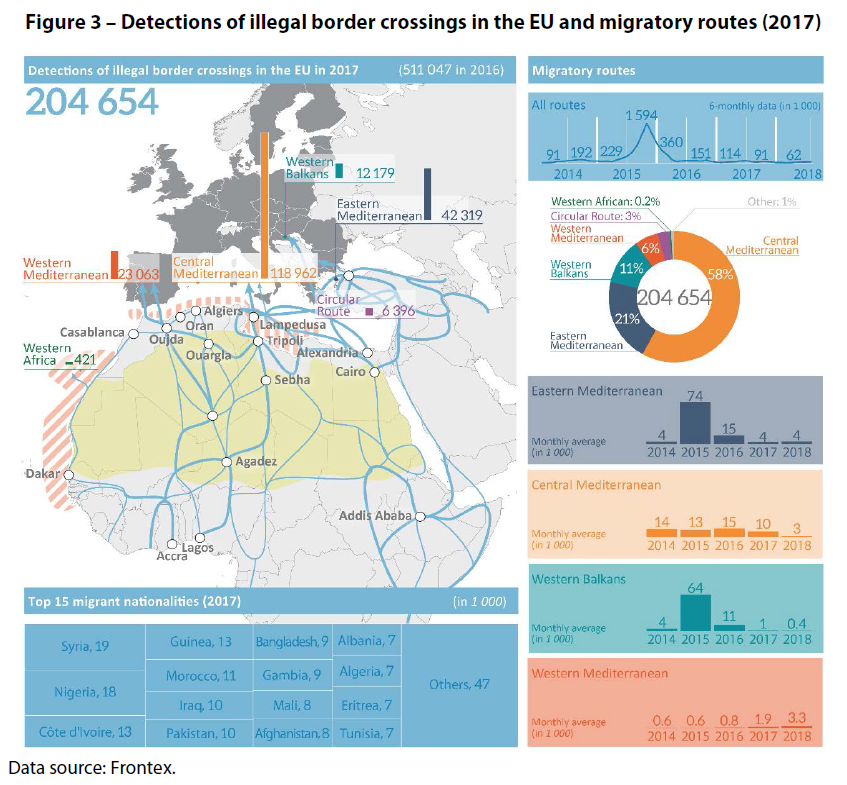Written by Nikolai Atanassov and Anja Radjenovic,

The unprecedented arrival of refugees and irregular migrants in the EU, which peaked in 2015, exposed a series of deficiencies and gaps in EU policies on asylum, external borders and migration. It put pressure on the common European asylum system (CEAS) and affected the functioning of the Schengen rules, leading to a temporary suspension of the Dublin system and the introduction of border checks by several Member States. In response to these challenges, the EU has embarked on a broader process of reform aimed at rebuilding its common asylum policies on fairer and more solid ground, strengthening its external borders by reinforcing the links between border controls and security, and renewing cooperation with third countries on migration issues.
In May and June 2016, the Commission presented two packages of proposals to strengthen and adapt the CEAS. Almost two years after their introduction, the proposals have reached different stages of progress within the legislative process. The Parliament and the Council have already reached partial provisional agreement on the proposal on the establishment of the European Union Agency for Asylum, the Qualifications Regulation, the Reception Conditions Directive and the reform of Eurodac (the EU’s migrant fingerprint database). While trilogues are also progressing on the Union Resettlement Framework, the co-legislators still have considerable work to do as regards the reform of the Dublin Regulation and the proposal for an asylum procedures regulation. A political agreement on the overall reform of the CEAS was sought by June 2018, however, at the European Council meeting that month, EU leaders failed to achieve a breakthrough in the negotiations.
As emphasised in the European agendas on migration and on security, addressing current EU migration and security challenges means improving the management of the external borders, including by making better use of the opportunities offered by IT systems and technologies. In this respect, a revision of the Schengen Borders Code as regards the reinforcement of checks against relevant databases at external borders was adopted in March 2016. The transformation of Frontex into the European Border and Coast Guard Agency was finalised in October 2016, and the legal bases for the new Entry/Exit System and the new European travel information and authorisation system (ETIAS) were established in November 2017 and September 2018 respectively. Work is ongoing on the revision and expansion of the Schengen Information System, an upgrade of the eu-LISA mandate, and frameworks for interoperability between EU information systems in the area of borders and security.
The EU’s external migration policy is part of the general EU approach on migration, and is complementary to EU foreign policy and development cooperation. It is based on common goals set by the Member States and is reflected in the CEAS. Cooperation with third countries is covered under the global approach to migration and mobility (GAMM), through which the EU has engaged in political dialogue and has established partnerships with third countries. In line with the 2015 ‘European agenda on migration’ and the 2016 ‘partnership framework’, the EU pursues external migration policies aimed at tackling challenges along the main migratory routes. One of the aims is to provide more legal pathways for the admission of people in need of international protection, through resettlement measures and migration compacts. Furthermore, various EU funding instruments support migration-related projects in third countries, particularly in key countries of origin and transit such as Syria, Iraq, Turkey and African countries.
Read the complete in-depth analysis on “EU asylum, borders and external cooperation on migration: Recent developments“.
Visit the European Parliament homepage on migration in Europe.
Visit the European Parliament page on ‘Migration in Europe‘.











[…] EU Asylum, Borders and External Cooperation on Migration: Recent Developments (EPRS, Sept. 2018) [text] […]